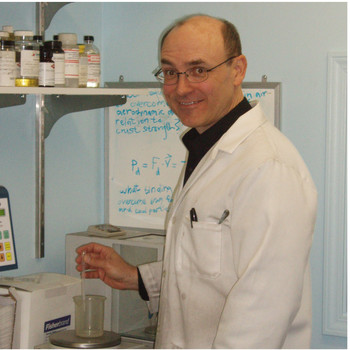A sample of a gas having a volume of 1 L at 25 deg C and 1 atm pressure is subjected to a decrease in volume and an increase in temperature. What happens to the pressure of the gas?
1 Answer
It will go up!
Explanation:
The Ideal Gas Law, PV=nRT tells you everything you need to know about the physical behavior of gasses.
In this case we want to know about pressure, P. So let's rearrange the Ideal gas law by dividing both sides by volume:
You asked what happens to the pressure when the volume goes down. Now if you are good with math, you will recognize that pressure is inversely proportional to volume. Thus as volume decreases, pressure increases.
But let's say you aren't quite as confident of your algebra as you would like to be. This actually happens quite a lot in science. You think you know what the equation means, but you aren't quite sure. What I always do is just plut in a couple of numbers. So let's try it with a volume of 1, and a volume of 0.1.
Since they weren't specified we can sen nRT to anything we want. Let's just say that nRT = 5. (yes, we can do that!).
So initial pressure:
Final pressure:
We can do the same thing with temperature.
You will find that higher temperatures for the same n & R give higher pressures! Go ahead and substitute in a couple of temperatures--I'll wait...
So the net result, when both V is decreased and T is increased is that pressure will increase!

